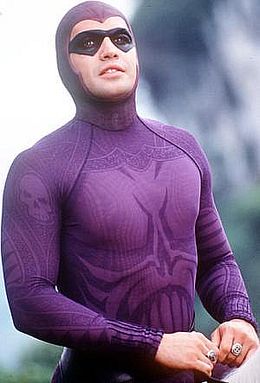Here we are, almost five months after my last post and what do I have to show for it? Welcome back to the Marked Animation blog, where I'll return to form posting updates and all that related internet whatnot. I've also neglected my Twitter recently, something I'm still not sure if I'll get back to doing any time soon. While I do appreciate it for its networking capabilities and ease of communication, honestly I feel it's just one more thing to worry about in life that's already full of things to worry about.
What I have been up to lately is heading up a few freelance projects which I'll be addressing more in upcoming posts.
I've been working with a good variety of Wacom products recently, like the still-kinda-brand-new
Inkling and the
Cintiq.
If you're looking for something that will revolutionize your sketchbook, don't buy the Inkling -- at least not yet.
There are plenty of things I like about the Inkling, but none of them make me want to use it on a daily basis. The overall layout of the packaging is great, everything you need is stored in a flip-open carrier that can fit easily into a pencil case. The easy import of drawings into Photoshop or Illustrator is also a great plus, especially if you're not generally happy with the vector-tracing features in Illustrator. Lines come in with nice weight variation and ready to edit, bezier-style. You can also separate your sketches into layers and make adjustments accordingly, a great feature that gives you a lot more flexibility.
However, there are some issues that Wacom needs to address in the Inkling's design and technology to make it must-have hardware for everyday artisting. After a couple of weeks of regular wear-and-tear from living inside of a backpack pocket, my Inkling pen no longer wanted to stay inside of its slot. It hangs loosely inside but no longer "clicks" into place on the spring, meaning that it won't properly charge while plugged in. To relieve this, I put some electrical tape and a penny over the slot to keep the pen in place.
 |
| Inkling closed. |
 |
| Inkling open! |
I think the technology behind the Inkling is a cool idea that's not quite where it needs to be yet. While it works great for rough sketches and concepting, the line registration is generally not as accurate as I'd like even when working in ideal conditions. Drawings can become muddled over minute variables like whether or not you're drawing on your lap or a table and wrinkles that come with physically drawing on paper which seem to interfere with the device's precision. If you avoid adding too much detail to the image these issues aren't as noticeable, but for someone like me who likes to pile on the crosshatching and body hair, having to adjust or add in those elements separately seems like an unnecessary extra step. The Inkling works great as a first step to design; a fast way to put your ideas to paper digitally... but ultimately I don't think it's worth the price or time yet. Here are some side-by-side comparisons of actual drawings (left) vs. Inkling's import (right):
 |
| This is probably the best of the bunch, and the loose sketching lends itself well to the Inkling's strengths. |
 |
| Detailed drawings don't hold up very well. It's like someone tried to trace your sketch in a moving car. |
 |
| Again, the overall idea of the image is there, but when you look at details like the collar and face there are discrepancies. |
 |
| As sloppy as this sketch is, this import disappointed me. Even with the loose style you lose what held the original image together. |
As for the Cintiq, it's the smallest version that Wacom makes and probably not their best but I love it. There's nothing quite like feeling like you live in the future when you're sitting on the couch next to your girlfriend doing full-color animation on your lap. Admittedly, the iPad isn't far behind with their upcoming pressure-sensitive stylus coming out in a matter of months and that screen and setup is much better, but for now I'll be more than happy to add my Cintiq to my mobile work station, something I can take with me and animate run cycles like this:
 |
| without arms, men are basically scrotums with legs. |


















































